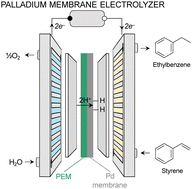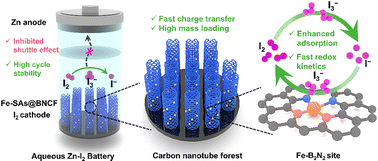Mitigating Cyclable Li‐Ion Inventory Loss in Full Cells with Mn‐Rich Disordered Rocksalt Cathodes
Advanced Energy Materials, EarlyView.

DRX||Graphite full cells suffer from limited cyclable Li-ion inventory and Mn dissolution/deposition. Dissolved Mn ions promote electrolyte decomposition and further deplete Li-ion inventory. These insights prompt chemical pre-lithiation and electrolyte design strategies to improve cycling stability, offering valuable guidance for the practical advancement of DRX-based full-cells.
Abstract
Lithium (Li)- and manganese (Mn)-rich disordered rock salt (DRX) materials are promising cathode materials for next-generation Li-ion batteries. Although these cathode materials are Li-ions rich in their pristine state, their incorporation into full cells results in challenges with maintaining Li-ion inventory during cycling. Herein, the degradation mechanisms of DRX materials in different DRX||Graphite full cells are reported. It is found that DRX electrodes contain Li impurities, primarily due to the environmental sensitivity of mechanochemically synthesized DRX materials during sample transfer and storage. In addition, the structural instability of DRX triggers Mn dissolution. Dissolved Mn ions react with exposed LixCy compounds and induce electrolyte decomposition on the anode, further depleting Li-ion inventory. Control experiments involving the pre-addition of Mn2⁺ provide clear evidence of the impact of Mn dissolution on Li-ion inventory. The electrochemical activation process can stabilize DRX, alleviate Mn dissolution and thus mitigate the loss of Li-ion inventory. These mechanistic insights inform the development of chemical pre-lithiation and electrolyte additive strategies to collectively passivate interfaces, mitigate the effects of trace dissolved Mn ions, and preserve Li-ion inventory. Ultimately, the DRX||Graphite full cell achieves highly reversible electrochemical reactions with a high capacity retention. This study fills a research gap in DRX-based full cells and provides insights into degradation mechanisms and optimization strategies for their practical use.







































































































![[Updated] B-2 Spirit Bombers Struck Iranian Nuclear Sites](https://theaviationist.com/wp-content/uploads/2025/06/B2sGuam_2.jpg)








































